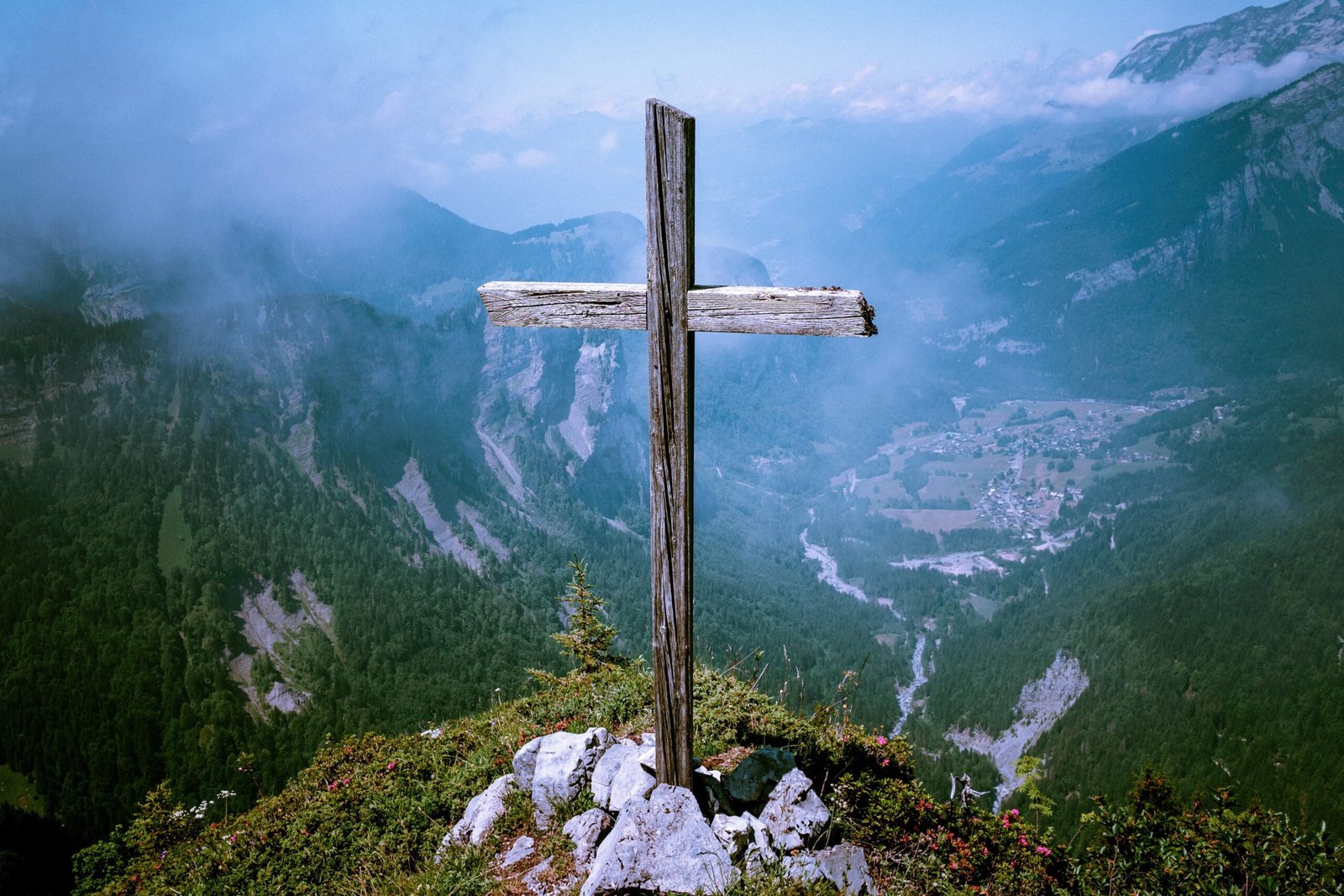Meet the ‘Seed Detective’ who tracks down rare crops
This article was produced by National Geographic Traveller (UK).
The sun was rising through the dusty haze of a city waking up with a collective hangover: the result of a day of kite flying followed by beer and a night sky filled with ascending lanterns. Jaipur had been celebrating Makar Sankranti, the Hindu festival marking the sun crossing the Tropic of Cancer on 14 January, which coincides with its International Kite Festival. But now, with the party over, I began a journey that was to set me on a literary adventure I’d never expected to take.
I’ve been growing crops pretty much my whole life and, ever since a chance encounter with a particularly wonderful pepper in Donetsk during the dying days of the Soviet Union, I’ve sought out delicious heritage vegetables that are part of local food cultures worldwide. And after seeing the incredible diversity of local fruits and vegetables crowding Rajasthan’s markets, I wanted to meet farmers growing the crops fundamental to regional cuisine.
Accompanied by my guide, Narendra Chitawa, we drove to the village of Begas, an hour west of Jaipur. The farms in this region form a patchwork of small fields — in winter, green with barley and mustard crops just coming into flower, others standing empty after the millet harvest. Giant stacks of straw the size of mud huts stood by stately neem trees. Alongside a bumpy track, rows of vegetables, including tomatoes, grew under billowing lengths of fleece as a protection against frost.
The statuesque young horticulturalist Shankar Sharma — co-owner of the 15-acre farm with his sisters — came to meet us. Everywhere, marigolds were in full flower, woven among the courgettes, mingling with the tomatoes. An important source of Shankar’s income, they’re picked daily and sold in the local market. But it was the tomatoes that most interested me, and one variety especially, called abhilash. Shankar was especially fond of abhilash and thought it was the most tasty when cooked in a masala, and he’d been saving its seeds for many years. Naturally, I wondered if I could grow this variety at home. Would the fruits ripen late into the season when temperatures were low, just like they were that morning?
Much of Rajasthan receives less than 500mm of rain a year, and the challenges facing farmers in the semi-arid areas near Jaipur are considerable. Winter, when farmers are busiest, is always dry. This means that the seeds farmers save have been selected and bred to flourish in a very challenging climate. Rajasthanis are passionate about their local vegetables, which locals describe as ‘desi’, and the visceral connection that everyone I met has with the crops they grow set me wondering if tales of the vegetables of Rajasthan belonged in a book. But it was to be a humble chilli that proved the catalyst for The Seed Detective.
Adam Alexander is author of The Seed Detective – Uncovering the Secret Histories of Remarkable Vegetables. Photograph by Jesse Alexander
My journey through Rajasthan took me to several wonderful cities, and it was in Bikaner that a group of university plant scientists told me that one of Rajasthan’s most culturally important vegetables, the mathania chilli, had disappeared from cultivation. Farmers had chosen to grow modern varieties promising greater yields, resulting in accidental cross-pollination, which had changed mathania’s appearance and taste. Prized for its fruity, gently spicy qualities, the chilli had been a fundamental part of Rajasthani cuisine for hundreds of years. Now, the original was believed lost. But I wasn’t convinced.
It was once again time to take a bumpy ride in the back of an old Jeep, a good hour’s drive north of the great fortress city of Jodhpur. I knew that any survivors would have to be grown in isolation, and luck was on my side.
This is a beautiful part of the world; rolling hills sparse in vegetation contain small fields lined by drystone walls. Within this neatly managed landscape, all manner of local crop varieties grow. At a small enclosure of beautiful Rajasthani sheep next to a homestead of three whitewashed, round cob buildings, the farmer, Ashi Devi, had a small pile of just-harvested chillies in one corner. Could these be the famous mathania I was looking for?
My guide, Pritam Singh, suggested we taste and see — quickly assuring me that what we were now savouring was indeed the real thing. And it was then that I knew that I had to tell him not only the story of the mathania chilli, but also where so many of my favourite vegetables had come from. The story of vegetables that began as wild indigenous plants to become much-loved cultivated crops — their journeys from untamed parent to domesticated child.
To subscribe to National Geographic Traveller (UK) magazine click here. (Available in select countries only).












